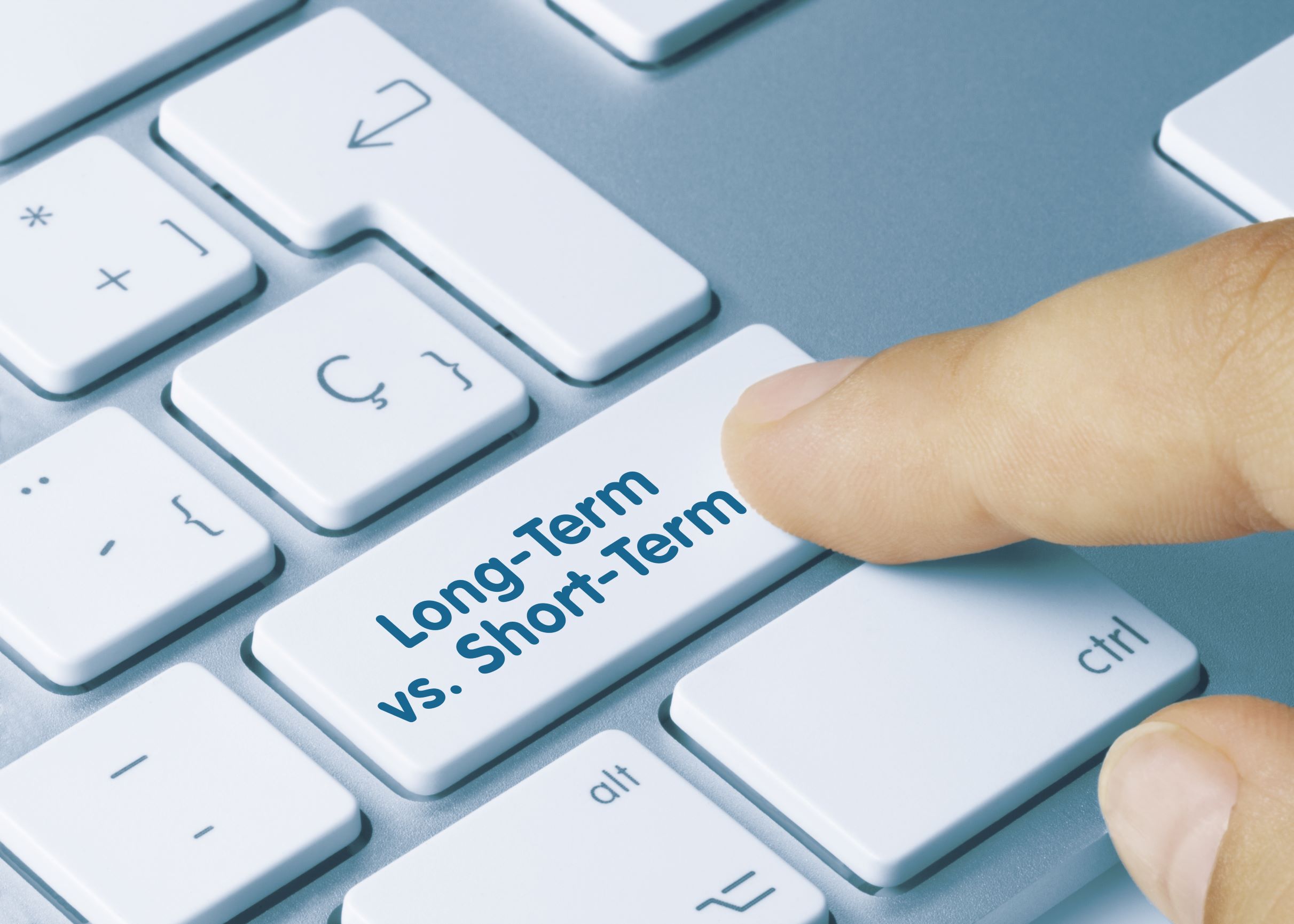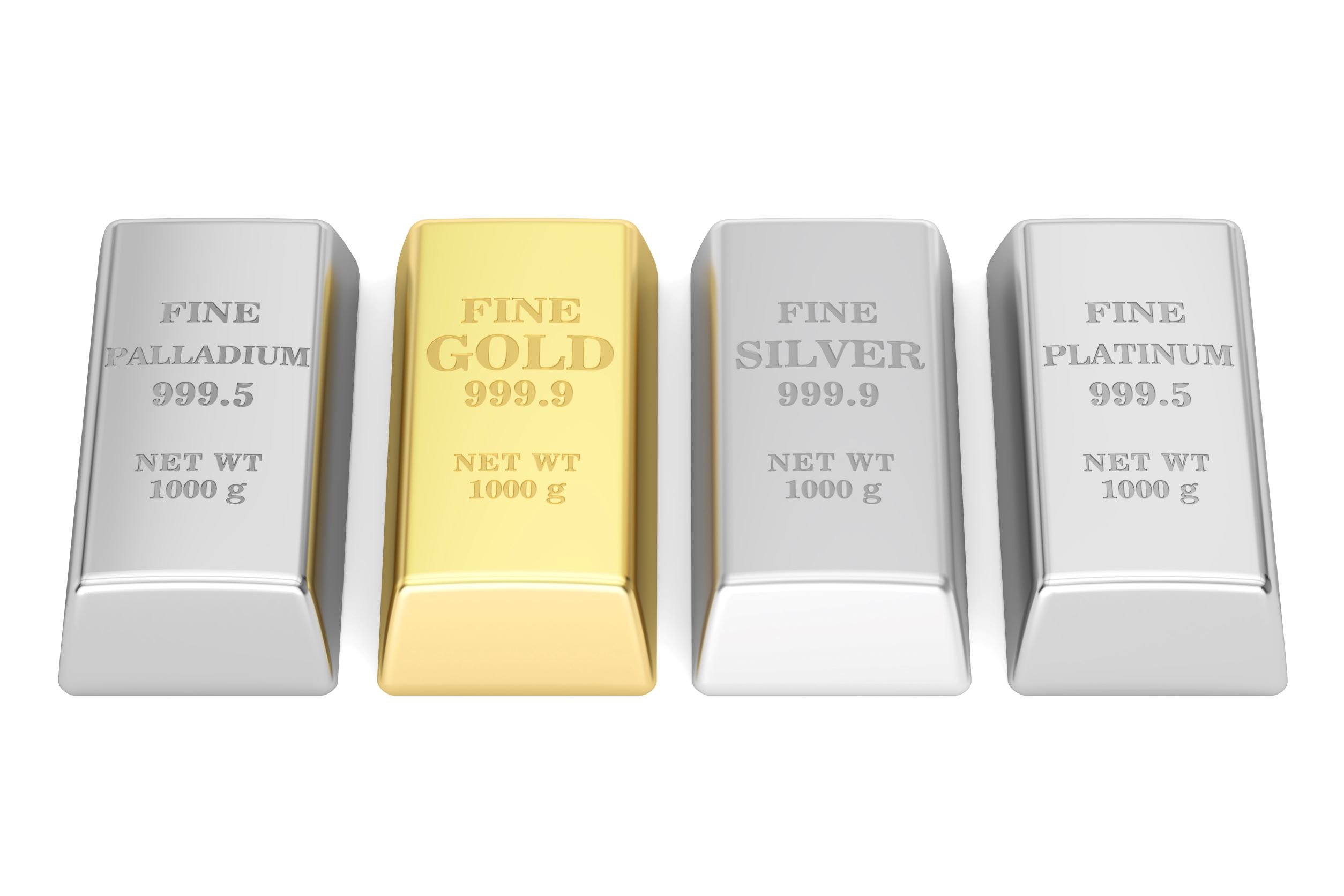Investing In Precious Metals: What Are Your Tax Implications?
Precious metals have always been held in high regard by human beings since the ancient days. In today’s investment and jewelry industries, they are highly sought after. Precious metals have managed to withstand the test of time and other challenges facing investments, making them a worthy part of your portfolio.
The key to investing in precious metals is identifying what metal and investment option you want to go with, plus the finer details such as tax implications, among other things. The different types of metals that you can invest in include gold, silver, platinum, and palladium.
How To Invest In Precious Metals
Buying precious metals in their physical form is the most common type of investment option available. If you plan to go with physical investments, you can store the precious metals with Oxford Gold Group or other dealers to avoid the hassle of logistics involved in such a commodity.
There are different ways to invest that don’t include ownership of the physical form of the precious metals. These methods are worth trying, and they include the following:
Commodity Exchange Traded Funds (ETFs)
An ETF is a security that is purchased, tracked, and sold on the exchange like any regular stock. ETFs are available for all precious metals, and investors can trade several times a day as the prices fluctuate during the day. However, investors can’t get physical access to or claim any precious metal.
Futures And Options
Futures is a good investment option for people who want to make bets on the price movements of precious metals. This option has the potential of high rewards though it’s also risky, as you may end up losing your investments should the price of a precious metal plummet.

Certificates
A certificate indicates legal ownership of a stated amount of precious physical metals held by a company. When you buy physical gold, you can get a certificate instead to avoid transportation and storage hassles. However, the certificate is limited as it can’t be used as security for business loans.
Mutual Funds
In mutual funds, there are fund managers who manage funds pooled together by different investors. In precious metals, the managers leverage price movements to make profits and grow portfolios. Investors get access to the portfolio depending on their share percentage. It’s important to note that the investors, don’t have voting rights and are required to pay an annual fee.
Tax Implications On Precious Metals
Precious metals are taxed differently depending on the mode of investment. Physical precious metals are subjected to different tax laws concerning other investment options such as ETF and futures. Here’s how your tax will look like when investing in precious metals.
Taxes On Physical Precious Metals
Physical precious metals are taxed through capital gains. You won’t be taxed for investing in physical gold or silver until you sell it and realize a capital gain. The capital gain will then be taxed at different rates, but the maximum rate may be around 28%.
However, short-term gains made from sales of less than a year will be taxed at standard income rates instead of capital gain rates. The tax doesn’t happen immediately after the sale, as you’ll be required to report the sale to the internal revenue service. The revenue service allows you to factor in costs such as appraisal fees to reduce your tax liability. However, there are some expenses that won’t be used to reduce your tax liability.
While investing in precious metals may only seem like buying the metals, there are cases where people are gifted or inherit precious metals. These cases will also count as an investment when you sell the precious metals and realize capital gains. If the precious metal were inherited after the previous owner’s death, the cost basis would be calculated at the time of inheritance.
If the precious metal were a gift, the cost basis would be on the market value of the metal purchased by the gifter. However, if the market value is less than the market value during the purchase by the time of gifting, the cost basis will shift, and it will now be based on that market value (time of gifting).
The reason precious metals are taxed at a 28% capital gain rate while other assets held for longer than a year are taxed at a maximum rate of about 20% is that precious physical metals are categorized as collectibles. Collectibles include artworks, wine, and gems.
Taxes On Non-Physical Precious Metals
Non-physical forms of precious metals such as ETFs are taxed differently than physical forms. It should be noted that the tax liability may be more as you may be subjected to different tax forms. For example, when trading precious metals ETFs in the long term, you’ll be subjected to a capital gain tax of 28% tax, which is higher than the expected capital gain tax for other assets held for more than a year.
In the same case of trading ETFs, if you choose to go short term, you’ll have a tax liability of up to 37%, and you could also have an additional liability of a net investment income tax. Short-term gains realized in trading in mutual funds and options can be added to your income and taxed at standard income tax rates, depending on your tax groups.
However, the short-term gains from trading precious physical metals could mean that you move above your current tax group, meaning you’ll have a higher tax liability.
To reduce the tax liability when trading the non-physical precious metals, you can realize losses and other expenses such as fees, appraisals, and transactions costs to reduce the gain from it. However, if you sell a precious metal ETF at a loss and buy a similar commodity within 30 days, you’ll be subjected to the wash-sale rule, which will make it difficult for you to use the loss to offset the gain.
Conclusion
Investing in precious metals is always a good choice to diversify your portfolio and make good returns. However, you have to treat it like any other investment and learn the specific details about it. You must understand the different ways to invest in precious metals and the tax implication each option will have on you.
You should also find ways to reduce your tax liability by offsetting gains using costs and losses so that you can maximize your investment returns. Learning all these will make you an intelligent investor.

